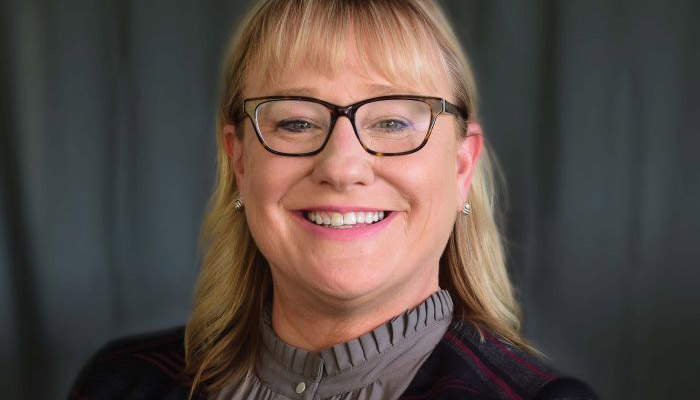Why Equity Matters in Trauma Sensitive School Work

Trauma Sensitive School practice has gained momentum in the last several years, inspiring changes in educator perspective, administrative policy, and classroom practice. I am often inspired by efforts to understand student challenges in new ways and use innovative strategies.
What can give me pause is when this work is applied to institutions or systems where structural bias and inequity are not acknowledged or confronted. In this case, sometimes labels like “trauma kids” or “high-trauma school/neighborhood” can emerge. In my experience, these are often unintentional code-speak for students experiencing poverty or students of color.
What compounds the damage of this label is when it is negatively associated with expectations for achievement. And since student success has been highly correlated with teacher expectations, understanding this dynamic is even more critical in our schools.
At its essence, Trauma Sensitive Schools is about understanding three things:
- Exposure to adversity is common, in all schools.
- This exposure can sometimes cause adaptions in the stress response that make traditional school practices ineffective.
- Therefore, it is up to adults to understand these adaptations and change school practices in a way that meets the regulatory and relational needs of all students to meet high expectations.
It seems more and more apparent that the road to this reality must be grounded first in work of equity and inclusion.
How to Start
Encourage self-reflection on bias:
- Take the Implicit Association Test
- When you have a reaction to an interaction or experience, ask yourself, “Is what I am feeling based on the facts, or based on the story that I am telling myself about those facts?” (See Crucial Conversations, Patterson, Grenny, McMillan et.al, 2002)
Identifying Bias in the Classroom
Create a “call-in” culture at school. We all have bias that may be unconscious, and we all want to do right by students, so we will hold each other accountable to this standard. Consider educator peer-to-peer observations to make identification and eradication of bias a school norm. Have a peer observe and notice:
- Who gets called on most frequently?
- Who gets disciplined most frequently?
- Whose name is said most frequently and in what context?
- Who receives micro-affirmations? Micro-aggressions? Micro-invalidations? (Research these to learn more)
Addressing the results can be an important step in creating inclusive culture and open atmosphere that encourages open discussion, participation of under-represented groups, and supportive accountability for change.








